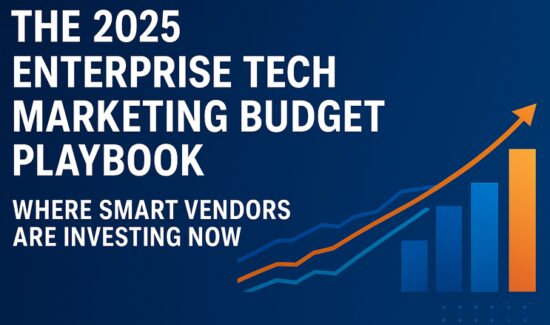AI: The Marketing Sidekick, Not the Boss


Narine Galstian, the CMO at SADA, an Insight company, recently explained that the best approach to marketing AI is to position it as a “sidekick,” not the boss. This article originally appeared in Insight Jam, an enterprise IT community that enables human conversation on AI.
 AI has undeniably transformed how we approach marketing. It’s a powerful tool that can automate tasks, generate insights, and optimize campaigns. But let’s be clear: AI is a sidekick, not the star of the show. While AI can churn out data and generate content at lightning speed, it lacks the intuition, empathy, and strategic vision that humans bring to the table. Creativity, storytelling, and building genuine connections with customers—these are the areas where humans truly shine.
AI has undeniably transformed how we approach marketing. It’s a powerful tool that can automate tasks, generate insights, and optimize campaigns. But let’s be clear: AI is a sidekick, not the star of the show. While AI can churn out data and generate content at lightning speed, it lacks the intuition, empathy, and strategic vision that humans bring to the table. Creativity, storytelling, and building genuine connections with customers—these are the areas where humans truly shine.
AI is excellent at getting you to “good.” It can handle the grunt work, freeing marketers to focus on the big picture. But to achieve “excellence,” you need human ingenuity. Individual voices and styles are what make humans the cornerstone of marketing, and AI will never be able to replicate that. We must harness AI’s capabilities while preserving the unique qualities that make us human.
The future of marketing isn’t about humans versus machines. It’s about humans and machines working together in a powerful partnership. By understanding how to leverage AI’s strengths and compensate for its weaknesses, marketers can create campaigns that are not only effective but truly exceptional.
To leverage AI effectively, teams must first define clear roles and goals. A great starting point for AI is handling mundane, repetitive, and data-driven tasks. Reducing administrative work leaves more room for humans to think creatively, ideate, and strategize. It is essential that AI is not seen as an end-all-be-all solution. Teams must be diligent in reviewing AI outputs to ensure accuracy and integrity.
Take, for instance, the role of a Creative Director. This position demands a unique blend of artistry, strategy, and human connection. While AI can assist in generating design concepts or analyzing audience data, it cannot replace the creative spark, strategic thinking, or emotional intelligence required to bring a vision to life. Consider the development of a large-scale exhibit for a major industry conference. The Creative Director is the architect of the experience, responsible for crafting a vision that aligns with the company’s brand identity and resonates with the target audience. This involves a deep understanding of the brand, collaboration with diverse stakeholders, emotional intelligence, strategic thinking, and the ability to execute and refine designs.
AI is a great tool for idea generation or as a jumping-off point to spark more creativity and strategic thinking. It can support this process by providing data-driven insights, generating design options, or automating certain tasks. However, the core elements of creativity, strategy, and human connection remain firmly in the realm of the human Creative Director.
To truly harness AI’s potential, marketers must adopt a human-centric approach. This means focusing on how AI can augment human capabilities rather than replace them. By combining the power of human creativity with the efficiency of AI, marketers can create truly innovative and effective campaigns.
For example, AI can analyze customer data and identify trends, but human marketers must interpret these insights and develop strategies that resonate with the target audience. Similarly, AI can generate multiple design options, but the human designer must ultimately select the best concepts and refine them into a compelling final product.
AI is only as powerful as the data that fuels it. Humans must ensure that the data fed into the AI tools is up-to-date and accurate. Without the right inputs, outputs will have no value. Likewise, teams must be cognizant of how AI impacts their security. While these tools can help manage campaigns and nurture client relationships, they can also threaten the business and customers if not used or monitored correctly. Human intervention is critical to ensure the company is prepared and the proper security measures are in place. Protecting customer data is paramount, and teams must work alongside IT departments and participate in ongoing training to become familiar with using AI technology correctly and spot any vulnerabilities.
As AI continues to evolve, it’s essential to maintain a critical perspective. The ultimate goal of marketing is to build customer relationships, which requires a deep understanding of human behavior and emotions. While AI can be a valuable tool, it’s important to remember that it’s a means to an end, not an end in itself. By embracing AI as a partner and focusing on the unique strengths of humans and machines, marketers can create campaigns that deliver results and leave a lasting impression.




















